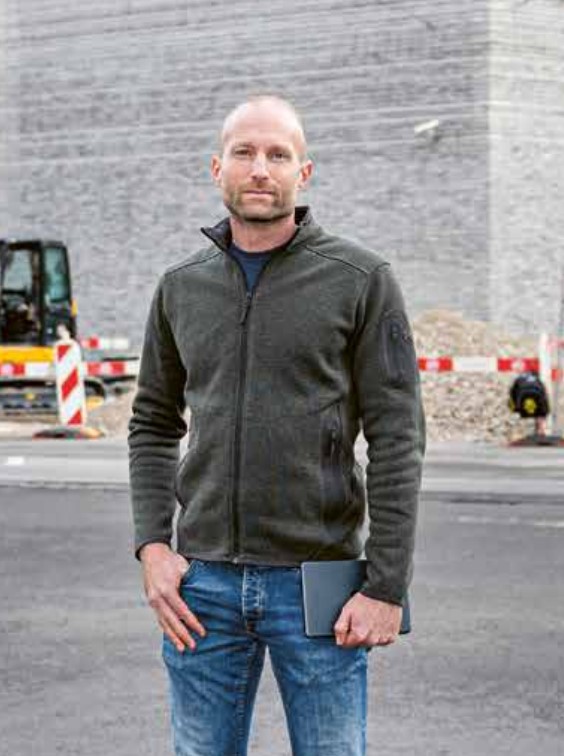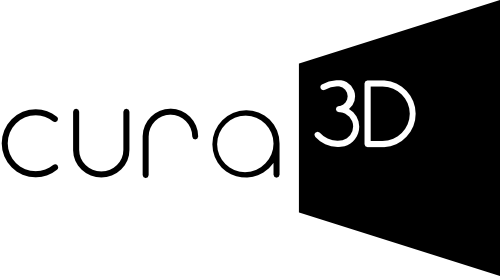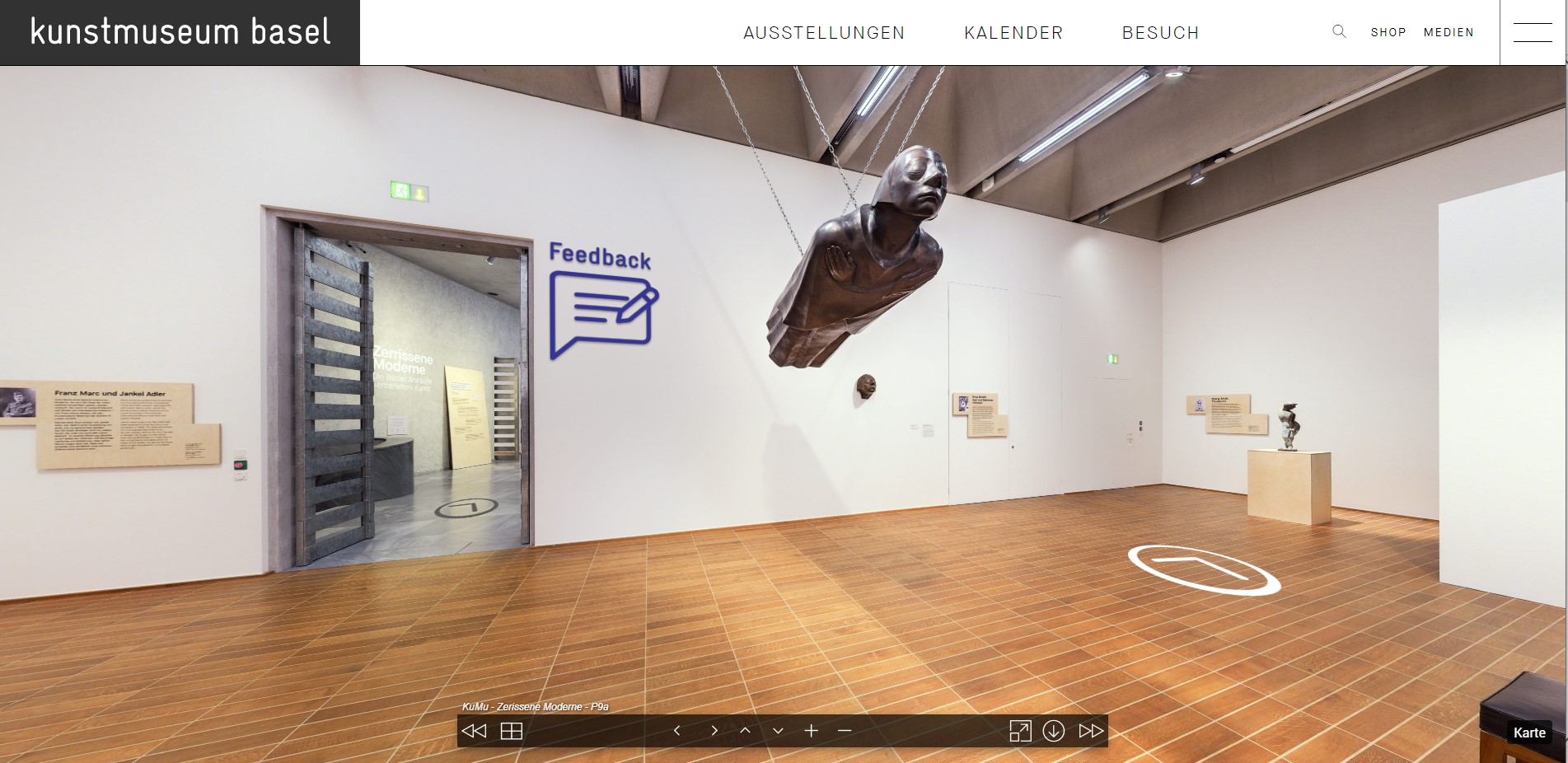Our cura3D 360° InteractiveTour Photo application is a very popular tool with many museums, especially when it comes to archiving exhibitions and providing public and barrier-free access to them. We were commissioned to produce the fifth virtual tour for the Kunstmuseum Basel. The technical challenge was to integrate very high resolution images of the exhibits from an external IIIF-Server.
In our double interview, we were able to talk to Dr. Eva Reifert (curator of the exhibition) and Bernhard Witz (Head of Digital Collections & Applications) of the Kunstmuseum Basel about the practical use of virtual tours on the occasion of the publication of the virtual tour for the exhibition “Torn Modernism – The Basel Acquisitions of Degenerate Art”.

Curator 19th Century
and Classical Modernism
What advantages do you see in the use of virtual tours?
It is wonderful to be able to give exhibitions that we have worked on for years a new life through virtual tours after they have been dismantled. In projects that are significant for the history of our house, such as “Torn Modernism”, the aspect of archiving also plays an important role for me.
A virtual tour here has completely different possibilities than photographic snapshots due to the inclusion of all materials, texts, films, etc. A digital presence is also a good way to reach out to all those who, for a variety of reasons, were unable to see the actual exhibition and offer them access to the content, right down to the impression of the space.

When we talk about the aspect of exhibition archiving:
What are the advantages of 360° digitization compared to classic exhibition reproduction photography?
For me, it is important that an impression of space is conveyed and also the movement through the space – in other words, that things open up one after the other, and you can even be surprised. Specially produced films, texts and the integrated high-resolution images as a whole offer an experience that is “the next best thing” after the actual visit to the exhibition. Nothing can replace the atmosphere in the room, or the impression in front of an original. But a virtual tour is naturally preferable to room recordings, which do not offer accessibility to the contents and cannot depict the overall context.
What is particularly important to you in terms of presentation and user guidance for virtual tours?
At some point, there will certainly be ways to make the whole thing even smoother, so that you no longer need arrows for navigation, for example, or start videos without double-clicking when you “look” at them for a moment. But even so, the experience of approaching and distancing oneself, of looking closely and flying over, is conveyed astonishingly well.
What do you like best about the cura3D 360° InteractiveTour Photo, do you have (a) favourite feature(s)?
For me, it’s all about the whole and the interplay, and that works well in my eyes.
How do you evaluate the new possibilities of digital mediation strategies (e.g. guided curator tours, discussion of exhibitions in schools, use in educational work)?
I hope that over time the virtual tour will establish itself as an offering and be used creatively in a wide variety of contexts.
Dear Dr. Reifert,
Thank you very much for your reply.

Head of Digital Collections & Applications, Kunstmuseum Basel
What should you pay particular attention to when capturing the virtual tour?
Before implementation, it is worthwhile to consider well which locations are suitable for the 360° shots, because this has a great influence on the orientation in the tour. The challenge is to enable as much overview as possible with as few viewpoints as possible. Ideally, there are direct lines of sight between the shots.
What advantages does the cura3D 360° InteractiveTour Photo web CMS offer museums?
The CMS makes it possible for less technically skilled people to enter the annotations for the tour. The import function for data from the collection management system is helpful.
What was the process of creating the virtual tour like, starting with the recordings and ending with the publication on the Kunstmuseum Basel website?
We need a lot of time to obtain permission to use the images from our lenders. Afterwards, studio shots are collected for all exhibits as well as further exhibition material such as wall texts, archives, hall sheets, videos, audio guides, etc., which are to be linked later in the tour. Our in-house photographer created the 360° shots after the exhibition opening and photographed the showcases with a lifting platform. With each virtual tour, we were able to improve the processes for creating it and the technical possibilities a little. This time, for example, with an automatic interface to our DAM system and the embedding of IIIF images that allow infinite zooming for our high-resolution work shots.
What distinguishes cura3D‘s virtual tours from other tours?
The technology used with the high-resolution panoramic images has the advantage for us as an art museum that the quality of the works is shown to better advantage and the operation is relatively simple. For tours with 3D spaces, this does not work so well at the moment from my point of view. I think it’s important that you can see the details of all the exhibits by clicking on them. Personally, I especially like the function of the audio guides. I find it important that I can see and hear everything from the original exhibition in the virtual tour.
What distinguishes the cooperation with cura3D?
We greatly appreciate the helpful and solution-oriented cooperation with cura3D. We are also glad that feature requests were always taken up and implemented by us.


